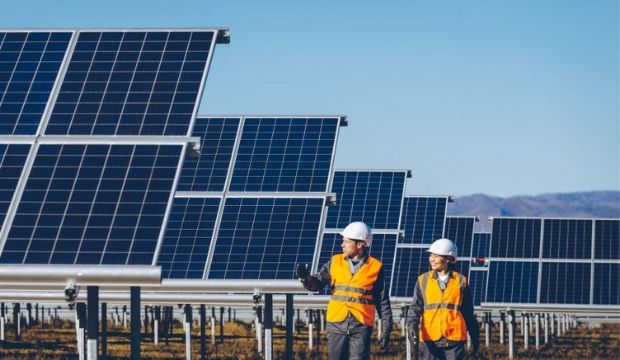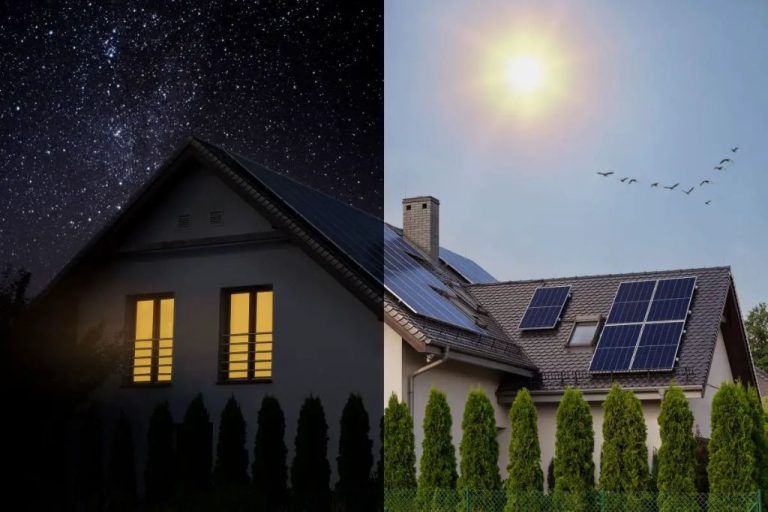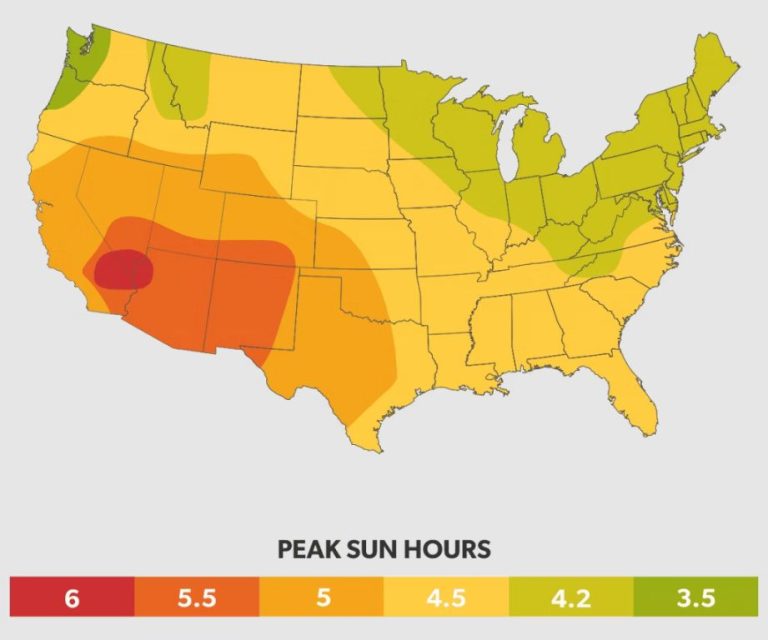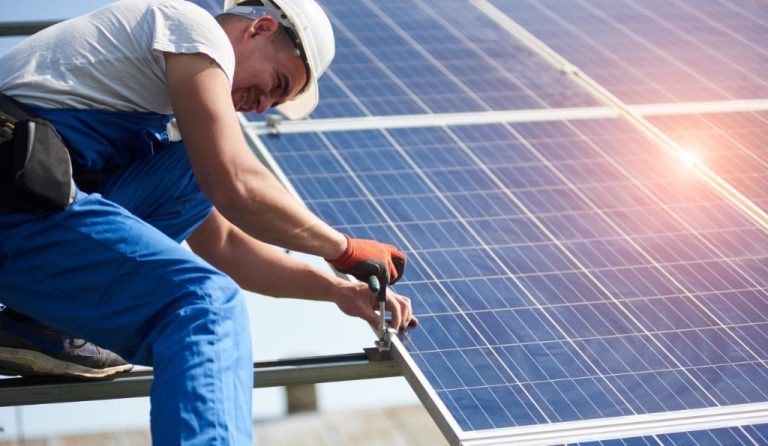What Is The Roi On Solar Panels?
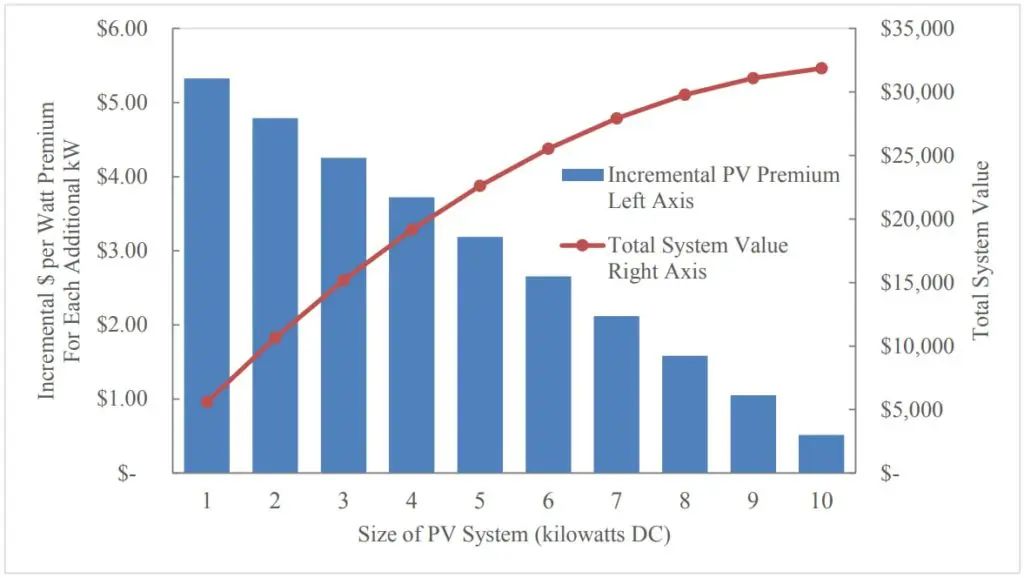
Return on investment (ROI) is a key metric used to evaluate the financial viability of installing solar panels. ROI measures the amount of return from an investment relative to the cost of the investment. In other words, it helps determine how long it will take to recoup your initial investment in solar panels through energy savings.
Calculating ROI is important for solar panels because it accounts for upfront system costs, available incentives, electricity bill savings, maintenance costs, and more. The ROI period provides a snapshot of the payback timeline – how many years it will take for the energy savings to cover the system costs. Many homeowners want to ensure solar panels will pay for themselves within a reasonable timeframe before moving forward with installation.
The main factors that affect solar panel ROI include:
- System size and equipment costs
- Available tax credits, rebates, and incentives
- Electricity rates and net metering policies
- Solar panel efficiency and performance
- Geographic location and sun exposure
- Financing options and interest rates
This article will examine these variables in detail and provide homeowners with a comprehensive methodology to calculate their own projected ROI period for going solar.
Upfront Costs
The upfront cost of installing solar panels includes the purchase price of the solar panels, inverters, racking and mounting equipment, as well as the installation and labor costs. According to research from NerdWallet, the average cost to install solar panels falls between $18,000 and $36,000 for the typical home system size of 6-8kW (https://www.nerdwallet.com/article/finance/solar-panel-cost).
For a purchased solar system, the largest upfront cost is the solar panels themselves. The cost per watt for solar panels ranges from $2.50-$3.50 depending on the type and efficiency. More efficient monocrystalline and bifacial panels will be on the higher end of this range. Additional hardware like inverters, racking, and other balance of system costs will add another $1-$1.50 per watt. Installation and labor costs are typically around $1 per watt as well. So for a 6kW system, the upfront purchase price would be about $18,000 (6,000 watts x $3 per watt).
For a leased solar system, there is often little to no upfront costs. Instead, the monthly lease payments essentially finance the total system cost over a period of years. However, leased systems often have escalator clauses that increase the monthly payment each year, so the total cost ends up being higher in the long run compared to purchasing.
Available Tax Credits and Rebates
The federal government offers a 30% tax credit for solar PV systems installed through December 31, 2032 [1]. This tax credit significantly lowers the net cost of a solar PV system by reducing your federal income taxes. There is no cap on the amount that can be claimed. However, the credit is non-refundable, meaning it can only lower your tax liability to zero [2].
Many states and utilities also offer additional rebates and incentives to make solar more affordable. For example, California has the California Solar Initiative which provides cash back per watt of solar installed. New York offers a 25% tax credit off the cost of solar PV systems. Your local utility may also have rebate programs to encourage solar adoption.
Taking advantage of all available federal, state, and local incentives can reduce the net cost of a solar PV system purchase and installation by 50% or more.
Electricity Bill Savings
Installing solar panels can significantly reduce monthly electricity costs for homeowners. According to EnergySage, the average solar panel system can reduce electricity bills by 50% to 90%. The exact savings depend on several factors like location, system size, electricity rates, and net metering policies.
For example, an average homeowner in California with a 6 kW solar system could save around $150 per month on their electricity bill. This amounts to $1,800 in annual savings. Over the 25 year lifespan of a solar system, the total electricity bill savings could reach $45,000.
Regions with high electricity rates see even greater savings from solar panels. Forbes reports that homeowners in states like Hawaii and California can save $2,000 to $3,000 per year on electricity with a properly sized solar system.
Net metering also allows solar homeowners to get credit for excess power sent back to the grid. This further reduces monthly electric bills and maximizes solar savings over time.
Net Metering Revenue
Net metering allows solar panel system owners to get paid for excess electricity they generate and send back to the grid. When a home produces more electricity than it is using, the surplus electricity is exported to the grid, spinning the home’s electricity meter backwards. Through net metering programs, utilities essentially credit solar panel owners for this exported electricity at the retail electricity rate (SEIA).
The money received from net metering can significantly offset the cost of installing solar panels. According to the Solar Energy Industries Association (SEIA), net metering accounts for 30-70% of the total return on investment over the system’s lifetime (SEIA). In states with strong net metering policies, system owners may accumulate hundreds or even thousands of dollars in net metering credits each year.
However, net metering policies and compensation rates vary widely across different states and utility territories. Some states offer full retail rate net metering, while others pay wholesale rates or alternative tariffs. System owners should research the net metering rules and rate structures in their area to accurately estimate potential revenue.
Maintenance Costs
The ongoing maintenance costs for solar panels are relatively low compared to other home systems. Cleaning and inspecting the solar panels roughly twice per year is recommended to keep them operating efficiently. The average cost for professional solar panel cleaning services ranges from $100-$250 per cleaning (https://roofgnome.com/blog/cost/solar-panel-maintenance-price/). DIY cleaning can be done for under $50 in supplies. In addition to cleaning costs, it’s a good idea to set aside around 1% of the initial system cost each year for any repairs or replacements that may be needed over the life of the system.
Overall, most sources estimate the annual operating and maintenance costs for a residential solar system to be under $200 per year. This covers basic cleaning and inspection costs as well as budgeting for potential repairs (https://www.marketwatch.com/guides/solar/solar-panel-maintenance/). Proper maintenance helps solar panels remain efficient for their 25+ year expected lifespan.
Warranties and Product Lifespan
Solar panels come with two types of warranties – a product warranty and a performance warranty. The product warranty covers any defects in materials or workmanship, while the performance warranty guarantees a certain level of power output over time. Most solar panels today come with at least a 10-year product warranty and a 25-year performance warranty.
The typical product lifespan of a high-quality solar panel is around 25-30 years. Top manufacturers like SunPower offer a 25-year product warranty, meaning the panels are guaranteed to be free of defects for that period. After 25-30 years, solar panels will still generate electricity but at a lower efficiency as performance degrades over time. Properly maintained solar panels can still produce up to 80% of their rated power after 25 years of operation.
When looking at solar panel warranties, longer is generally better. A longer product or performance warranty provides more protection in case something goes wrong. Most homeowners find that a 25-year warranty offers a good balance of coverage to match the expected lifespan of a solar panel system.
Financing Options
When purchasing a solar panel system, several financing options are available. Many homeowners choose to take out solar loans to cover the upfront costs. Personal loans, home equity loans, HELOCs, and specialty solar loans from banks can all be used (Source). Solar loans allow you to pay off the system over time. Interest rates and terms vary, so it’s important to shop around.
Another option is a power purchase agreement (PPA), where a solar company installs and owns the system while the homeowner agrees to purchase the power generated at a fixed rate. This can reduce upfront costs, but the homeowner does not own the system. Leasing a solar system works similarly, with monthly lease payments instead of purchasing the power (Source).
When deciding between loans, PPAs, and leasing, homeowners should consider whether they want full ownership and how long they plan to stay in their home. Loans allow ownership, while leases and PPAs have lower upfront costs. All financing options have pros and cons to weigh.
Calculating Total ROI
The total ROI for a solar panel system is calculated by comparing the total lifetime benefits to the total upfront and ongoing costs. Here is the basic formula:
Total ROI = (Lifetime Electricity Savings + Incentives + Net Metering Revenue – Maintenance Costs) / (System Cost – Incentives)
Let’s look at an example for a 5kW solar system in California with the following assumptions:
- System Cost: $15,000
- Federal Tax Credit: 26% of system cost = $3,900
- Estimated Lifetime Electricity Savings: $28,000
- Net Metering Revenue: $8,000
- Maintenance Costs: $2,000
Plugging this into the formula:
Total ROI = ($28,000 + $3,900 + $8,000 – $2,000) / ($15,000 – $3,900)
Total ROI = $37,900 / $11,100 = 342%
So the total ROI over the lifetime of this solar panel system is estimated to be 342% (As cited from https://www.hoymiles.com/resources/blog/how-to-calculate-roi-for-a-solar-system/). This is a very good return compared to other investments.
Conclusion
Calculating the return on investment for solar panels involves analyzing several key factors. Upfront system costs can be high, but tax credits, rebates, and financing options can reduce the initial cash outlay. Ongoing electricity bill savings and net metering revenue provide long-term payback. Maintenance costs are minimal, and warranties cover replacements for 10-25 years. The system lifespan of 25-30 years means decades of free electricity production after the system is paid off.
For most homeowners, solar panels offer a worthwhile investment with a typical ROI of 10-15% over the system lifespan. Focusing on high-efficiency panels, optimal siting and angles, and pairing solar with batteries can maximize savings. Financing options like solar leases and PPAs allow for $0 down and immediate savings. The falling prices of solar panels combined with rising retail electricity rates improve ROI over time. With incentives, net metering, clean energy at no extra cost, and hedge against utility rate hikes, solar panels deliver good return on investment for many homeowners.

